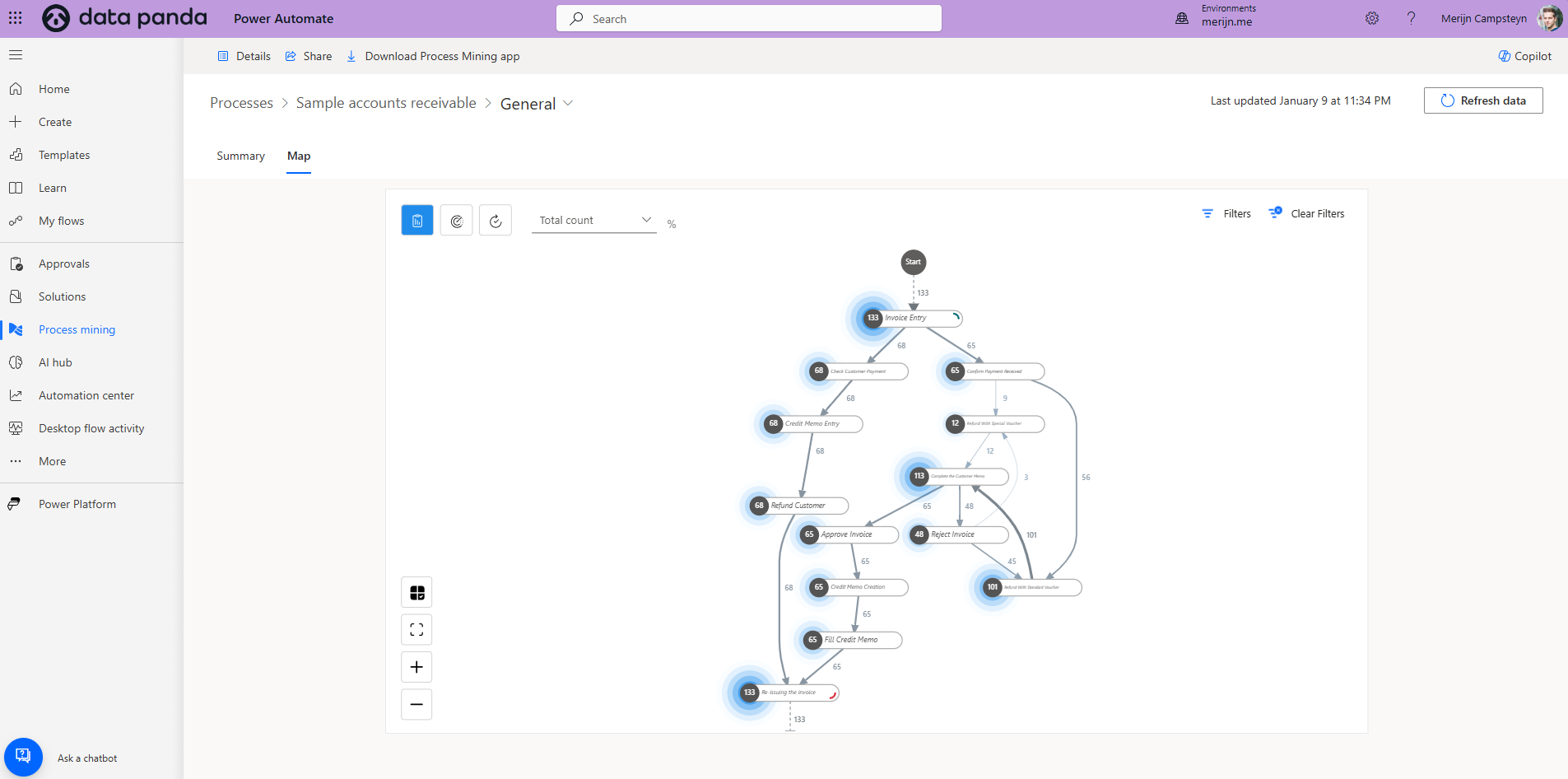Options for Process Automation: Finding the Right Fit
It’s Friday afternoon. Someone on your team is still copy-pasting numbers from one Excel file into another to prepare the monthly report. Meanwhile, in the boardroom, everyone is talking about AI agents and the future of work.
That’s the gap most businesses face today. They think automation means expensive AI solutions. In reality, many of the biggest gains come from much simpler steps.
The Myth: Automation = AI
Too often, automation is treated as a buzzword. Leaders assume it’s all about AI bots and advanced agents.
Here’s the problem: chasing hype usually means overcomplicating things. You end up with fancy tech while simple, high-ROI opportunities are ignored. Like building a chatbot while still doing monthly reporting by hand.
The truth: automation is a toolbox. The key is choosing the right tool for the right job.
The Golden Rule
Don’t chase hype. Match the tool to the problem.
Start small. Solve the pain that hurts most today. Add complexity only when the business case demands it. That’s how you get the fastest ROI and the strongest adoption.
The Automation Ladder
Think of automation as a ladder. Each step brings more sophistication. You don’t need to jump to the top right away. To make this concrete, here are a few real-life examples from family businesses we work with.
Step 1 – Dataflows and Integrations
Automate how data moves and refreshes.
Example: A family-owned wholesaler automated their monthly stock reports so they update overnight instead of a manager spending hours in Excel.
Value: fast wins, low effort.
Step 2 – Workflows
Automate processes across apps (Power Automate, Zapier, Make).
Example: An invoice approval workflow in a construction company now routes bills directly to the right manager, logs them, and stores them without human effort.
Value: consistency, less manual chasing.
Step 3 – Robotic Process Automation (RPA)
Bots mimic human clicks in legacy systems.
Example: A manufacturing SME uses an RPA bot to enter supplier orders from email into their ERP.
Value: bridges gaps in older IT environments.
Step 4 – AI-enabled Workflow Steps
AI helps within a process, not as the whole solution.
Example: AI classifies support tickets before routing them, saving customer service teams time.
Value: handles messy, semi-structured tasks.
Step 5 – Full AI Agents
Autonomous systems managing end-to-end processes.
Example: An AI agent handling procurement: identifying low stock, placing orders, following up.
Value: powerful, but high risk and early stage.
How to Choose What Fits
When deciding, start with questions like:
What problem am I solving?
Is the simplest tool enough?
Does the ROI justify the complexity?
Can I start small and scale later?
Does this align with my business goals?
Smart automation is pragmatic. It’s about impact, not fashion.
Common Traps to Avoid
Hype chasing: choosing AI where Excel or Power Automate would do.
Automating broken processes: bad process + automation = bad results, faster.
Overcomplicating: too many tools, too much tech.
Neglecting adoption: if employees don’t use it, it’s wasted effort.
Back to that Friday Excel story: imagine the report updates itself every night. That’s automation too. It’s not flashy, but it might save more time than any chatbot.
The smartest automation is often the simplest one. Start small, grow smart, and you’ll see results faster than you think. And once the basics are covered, your team has more space to focus on growth and strategic goals.
At Data Panda, we help businesses cut through the noise and pick the right level of automation for their needs. From simple dataflows to AI-powered workflows, the goal is always the same: save time, reduce manual work, and enable smarter decisions.


